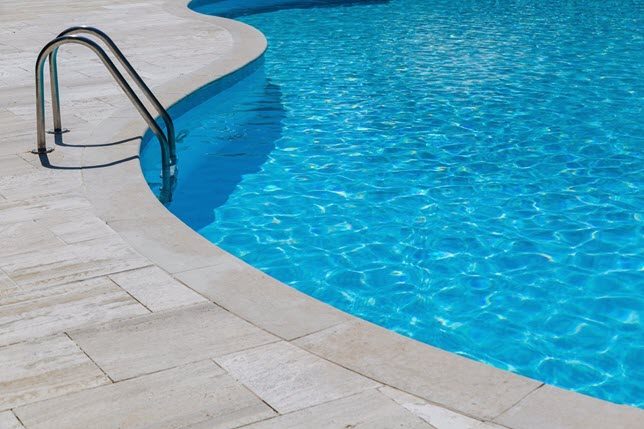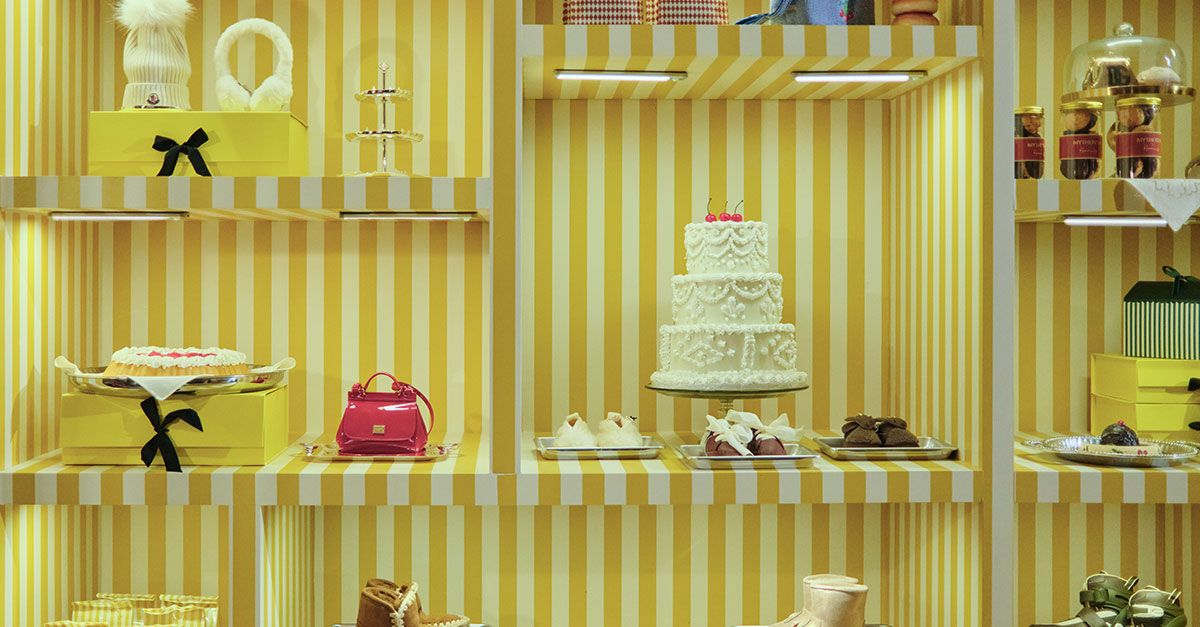When it comes to slow design (the act of designing a space intuitively over time rather than rushing through the process), we’re often working with the design pieces and furniture items we already have for an extended period of time. I’ve found through practice that this doesn’t mean we can’t refresh our homes to feel new and updated in the interim.
In my experience, one of the best parts of designing slowly is that it sets us up to ask the right questions and get to the root of what we truly want for a room before spending money on furniture, decor, or more permanent design updates like paint, wallpaper, or even an entire remodel.
In the spirit of slow design, today I’ll be sharing my four steps for refreshing a space without spending a single dollar. The process will of course vary depending on the decor pieces you currently have on hand but either way, at its core, this is about getting creative and reenvisioning what already exists in an entirely new way.
This type of design refresh is useful for you if you:
- Aren’t yet sure what style you want a particular room to be
- Want to mix things up but don’t want to spend a lot of money in the process
- Love to collect stuff (me!), even if there’s not a set purpose for everything you buy
- Are using the room for multiple purposes and want to make it work best for your lifestyle
- Are on a decor budget (which I think is most of us!)
Step 1: Remove the noise.
No matter how you plan to use the space, removing the noise is not only a great first step for refreshing a space but it can also be wonderful for our mental health. I recommend going through your belongings, doing a first edit to remove the things you know you no longer want or need, and then beginning to establish how you’ll organize the space in the future.
You don’t need to create a spot for every single piece of clutter from the start but rather begin to envision an organizing system.
When you eventually do have this system in place, it will allow you to easily sort all of the miscellaneous objects in the room (whether it’s toys, books, or piles of mail) whenever you have the time and capacity to do so.
The goal is to figure out how to occupy your space free of extraneous visual noise, so you can get a true sense of how you want to feel when you’re in the room.
I do this by using simple baskets to hold anything that doesn’t need to be on display. Each morning and evening, depending on when I have the energy, I’ll tidy using the basket method. The baskets are within reach, always in the same spot, and I’ve found that this is a great way for me to mentally delegate the messes of daily life. We empty these baskets weekly or monthly and donate, recycle, or toss anything we realize we no longer need.
The goal is to figure out how to occupy your space free of extraneous visual noise, so you can get a true sense of how you want to feel when you’re in the room.
Step 2: Create a blank slate.
Our empty slate in the blue room—furniture, plants, and wall decor removed.When you’re ready to start updating the room, whether it’s the same day or a month later, remove all of the decor from the space and place it in another room.
When you remove everything, you can sit with a (mostly) empty space and do the most important step in this process…
Step 3: Ask yourself what you need this room to be.
This question covers both your emotional wants for the space (including style and aesthetics) and your functional needs (a place to relax, entertain, feel cozy, or feel inspired).
Ask yourself, What do I need this room to be? The answer may be:
- Functional
- Relaxing
- Inspiring
- Homey
- A safe haven
- A place that fosters focus and productivity
- Or something else entirely
Your answer to this question will be personal to you and your family or roommates, and it will inform how you put the room back together.
I’ve found that when beauty and functionality align, our space works ideally for us, and we can create a room that meets both our emotional and functional needs.
At this point in the process, you may already begin to feel an entirely different way about the space.
Step 4: Add only what you love and only what you need.
Our new layout for the spaceWhen creating the new design of a space, this is the order I tend to follow.
Decide on your layout. This should be ultimately driven by function. Don’t get too hung up on aesthetics. Instead, focus more on determining the optimal flow of the space. Bring in the same furniture pieces as before or pull different items from other rooms in your home—whatever works best for you.
Ideally, your layout will either enhance or create a focal point in your room.
Begin to decorate around the focal point. This is where your eye is drawn to when you enter the room. It may be a fireplace, a window, a wall opposite the entry, or something else entirely. This step is less about function and more about visual impact. So, think about the decor pieces you removed that you are most emotionally drawn to.
If that’s your coffee table, add visual elements like plants, stacks of books, or ceramic vessels to make the coffee table the heart of the room. If it’s a piece of art, consider creating a gallery wall with the art as the central focus.
Define 1-3 more areas in the room where you’d like to sit, hang out, or use often. For example, this could be a console table next to your sofa where you’ll set your coffee while you watch the news or a side table next to a window where you plan to read. These will be the areas you interact with the most and adding personal touches like an antique decor piece, a small photo of a loved one, or a simple vase with one flower in it could make even a small area feel fresh and special.
Don’t feel like you need to fill up the space. When you can see baseboard, part of your mantel, or the material of your table, it adds visual rest and allows for each element or decor piece to pop and shine.
If you finish and feel like it’s overwhelming or too sterile, add or remove until you feel the mix is “right” to you.
These details are things you can take a week or month (or longer!) to tweak.
The final updated spaceThe process of refreshing a space can be just as exciting as completely remodeling it. It can have the power to fully change the way you feel about the room. The main point is to work with what you have and do your best to enjoy the process as you go.
Kate ArendsKate is currently learning to play the Ukulele, much to the despair of her husband, kids, and dogs. Follow her on Instagram at @witanddelight_.
Original Article












